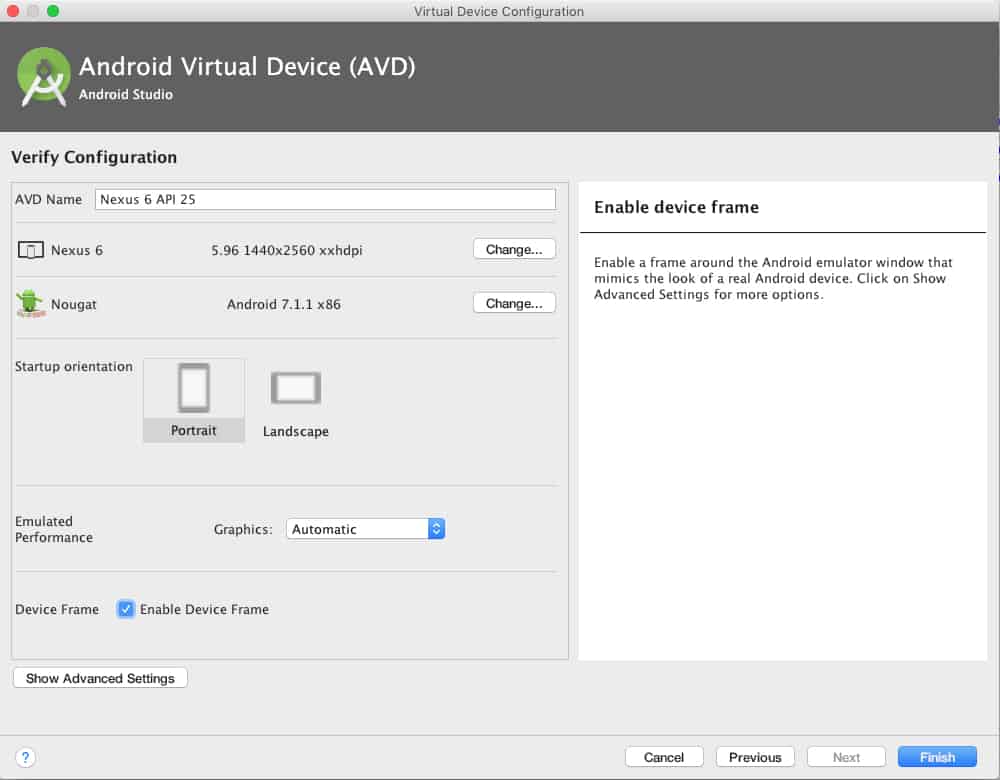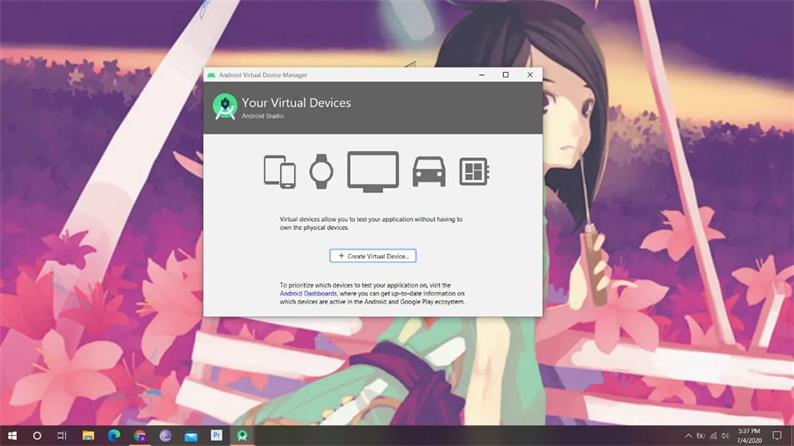

The event log reveals no problems (click to enlarge) Select the connected Android device, phone, or tablet and voila! You will need to unlock your Android device to see the app immediately be run.Figure 1.

When you hit the play button on Android Studio, a prompt should pop up and ask what connected or virtual device you want the app to be run on.

The Google USB driver folder should be inside your C:\Users\*username*\AppData\Local\Android\sdk\extras\google\usb_driver\.Īfter installing, when running Android studio, you should be able to run any developing app project on your Android device. Nexus 5) and select Update Driver Software.īrowse my computer for driver software and click Next. Browse for the Google USB driver folder and click next to install the driver. Search and open Device Manager. You can use Windows search to find the Device Manager.įind and expand Other devices section. Check off the Google USB Driver and hit OK to install. The SDK Manager can be opened by the following Android Studio icon:Ĭlick on Android SDK. Open Android Studio, open the SDK Manager, and install the Google USB Driver. Plug your Android device via USB to your PC. Browse for the Google USB driver folder and click next to install the driver.Ĭonnect your Android device to the PC. Easy enough.Browse my computer for driver software and click Next.Nexus 5) and select Update Driver Software. Open Android Studio, open the SDK Manager, and install the Google USB Driver.What about Windows? For Windows, you’ll need to install the Google USB Driver before running your developing app on your Android device, phone, or tablet. While running Android Studio, you can instantly connect an Android device via USB on Mac or Linux, and run a developing app on that device.


 0 kommentar(er)
0 kommentar(er)
